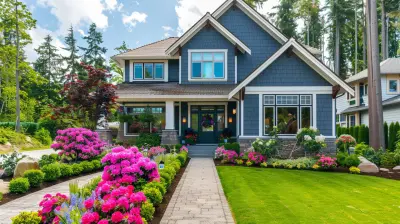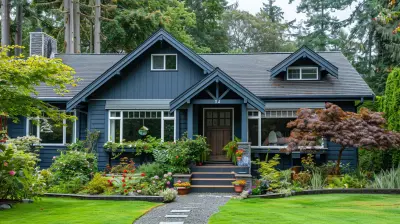How to Make Your Vacation Home Eco-Friendly and Cost-Effective
31 July 2025
Owning a vacation home is a dream for many. Whether it's a cozy cabin in the mountains or a beachside retreat, it's your special getaway from the daily hustle. But what if you could make it both eco-friendly and budget-friendly? That’s a win-win, right?
Going green with your vacation home doesn’t just help the planet; it also saves you a lot of money in the long run. From energy-efficient upgrades to simple lifestyle changes, there are countless ways to make your second home more sustainable. So, let’s dive into some practical and cost-effective strategies to turn your vacation home into an eco-friendly paradise! 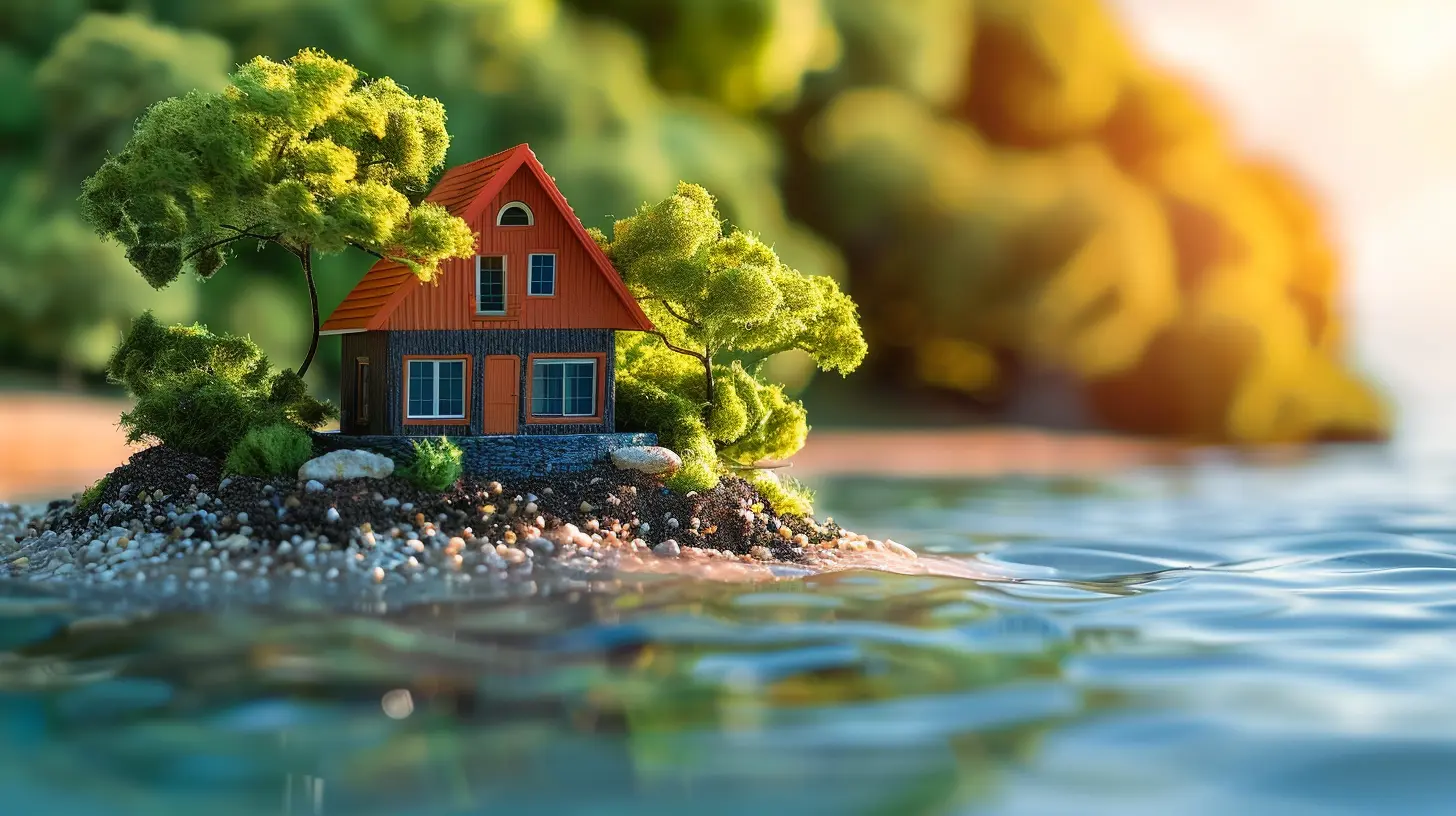
1. Invest in Solar Energy
Wouldn't it be great if your vacation home could power itself? With solar panels, it can!Solar energy is one of the best investments you can make if you want to cut costs and reduce your carbon footprint. While the upfront cost may seem a little steep, the long-term savings on electricity bills make it worth every penny. Plus, many governments offer tax incentives for solar panel installations—so why not take advantage?
If installing a full solar panel system isn't feasible, consider using solar-powered outdoor lights, chargers, and water heaters. Every bit counts! 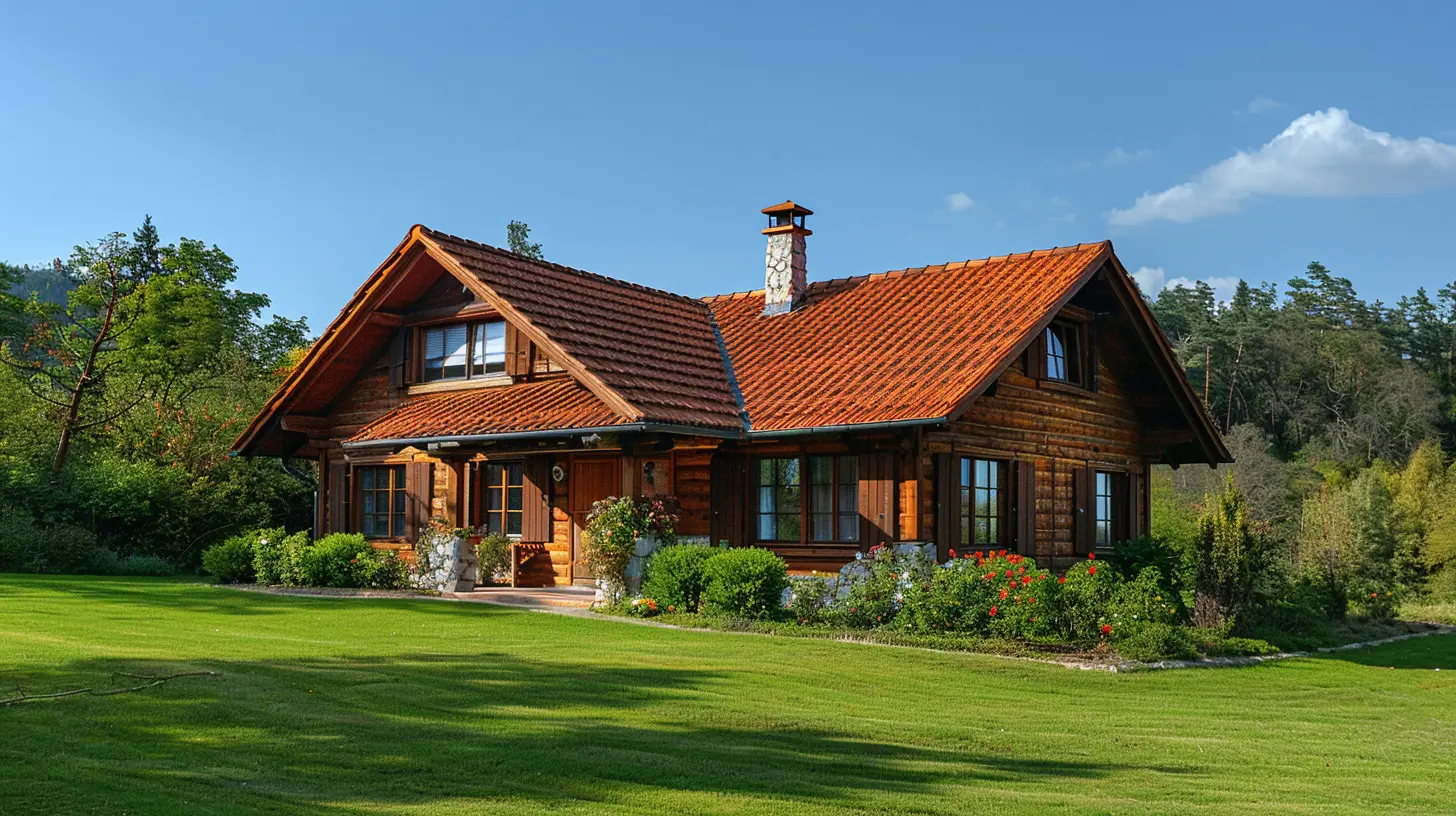
2. Choose Energy-Efficient Appliances
Ever thought about how much energy your appliances consume? Old, inefficient appliances are notorious for driving up electricity costs.Switching to ENERGY STAR-rated refrigerators, dishwashers, and air conditioners can significantly reduce energy usage. Modern appliances use less power and work more efficiently, so it’s like giving your vacation home a mini-upgrade while keeping your bills lower.
Bonus tip? Unplug appliances when you’re not using them. Even when turned off, they still consume small amounts of power—a phenomenon called "phantom load." 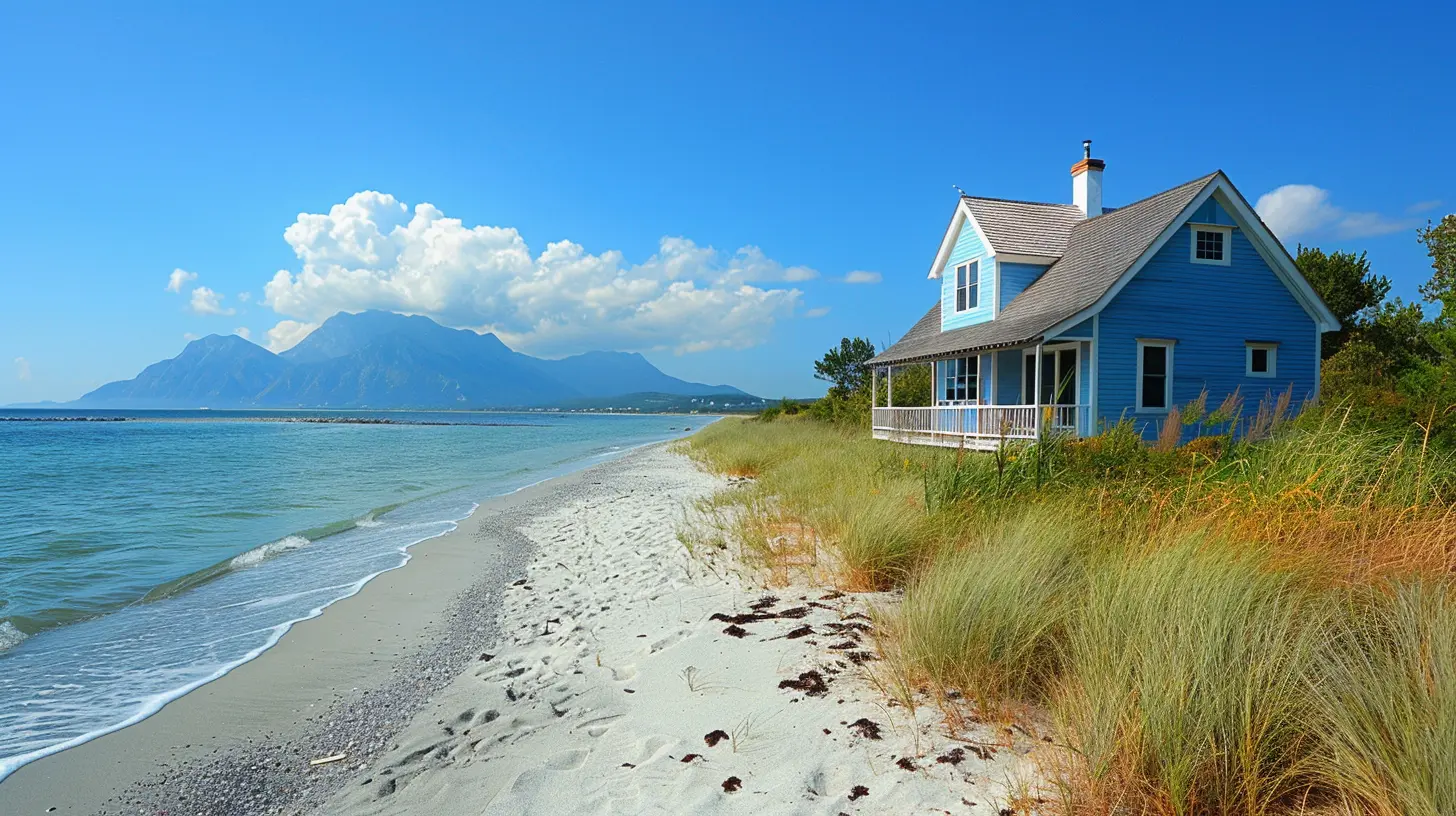
3. Upgrade to Smart Lighting
Why leave the lights on if no one is home? With smart lighting, you won’t have to worry about unnecessary electricity consumption.Motion-sensor lights, LED bulbs, and smart plugs are great energy-saving solutions for vacation homes. LED bulbs use up to 75% less energy than traditional incandescent bulbs, and they last significantly longer—meaning fewer replacements!
You can also install a smart home system that lets you control the lights remotely. That way, if you forget to turn them off before heading home, no problem—just tap your phone! 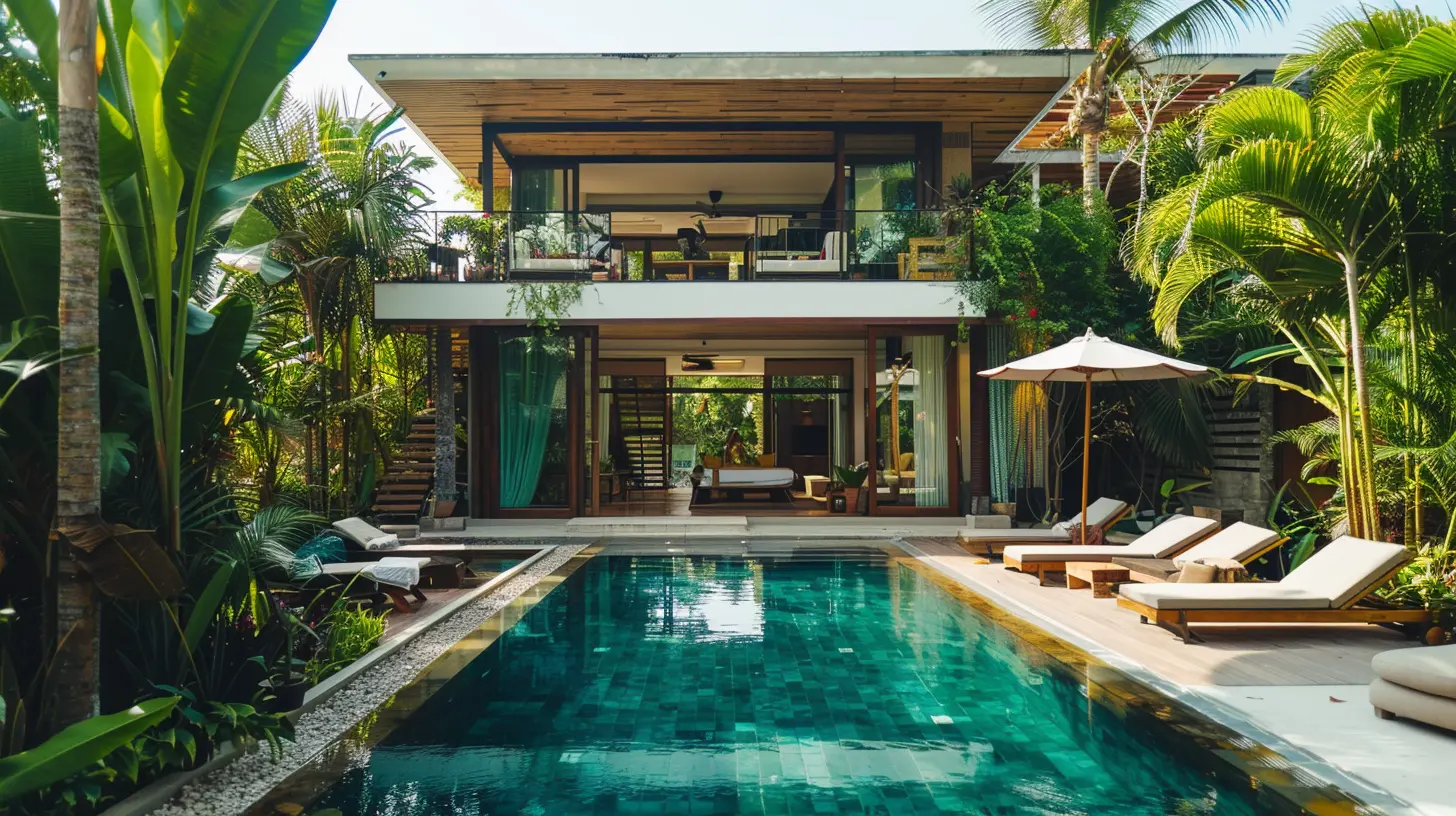
4. Opt for Sustainable Building Materials
Planning to renovate or build an extension? Make sure you're using sustainable materials!Bamboo flooring, reclaimed wood, recycled glass countertops, and eco-friendly insulation are fantastic choices. They’re durable, stylish, and significantly better for the environment than conventional materials.
If your vacation home is still in the building phase, consider using insulated concrete forms (ICFs) or other sustainable construction techniques. These materials not only reduce energy costs but also provide better temperature control, keeping your home cozy all year round.
5. Improve Insulation and Windows
Speaking of temperature control, how well is your vacation home insulated?Poor insulation leads to wasted energy—whether it’s heat escaping in the winter or cool air leaking out in the summer. Proper insulation in the walls, roof, and floors can make a huge difference in maintaining a comfortable indoor temperature without overworking your heating or cooling systems.
Energy-efficient windows (think double or triple-pane glass) also prevent heat loss and keep your home well-regulated. If upgrading windows isn't in the budget, try using blackout curtains or weatherstripping to minimize energy loss.
6. Harvest Rainwater for Utility Use
Water is life—but it’s also expensive if you're not careful!Installing a rainwater harvesting system can help you cut down on water bills while providing a reliable source for watering plants, flushing toilets, and even showering (with proper filtration).
If a full harvesting system isn’t an option, consider adding rain barrels around your home. Even a small effort in collecting rainwater can go a long way in reducing water consumption.
7. Furnish with Sustainable and Second-Hand Items
Why buy new when you can go sustainable?Many second-hand furniture stores offer unique, high-quality pieces that add character to your vacation home—without the hefty price tag. Additionally, eco-friendly furniture made from reclaimed wood or recycled materials is a great investment.
Not only do these choices help reduce landfill waste, but they also give your home a rustic, lived-in charm that makes it feel even cozier.
8. Use Eco-Friendly Cleaning Products
Traditional cleaning products are packed with harsh chemicals that aren’t great for your health or the environment.Switching to natural, biodegradable cleaners can make a world of difference. Vinegar, baking soda, and essential oils like tea tree and lemon are excellent alternatives that clean efficiently without the toxic residue.
Plus, keeping your vacation home toxin-free creates a healthier space for you and your guests.
9. Implement a Composting and Recycling System
Waste management is a big part of keeping your vacation home eco-friendly.Setting up a compost bin for food scraps and yard waste can help create nutrient-rich soil for your garden. At the same time, a clearly labeled recycling system makes it easier to separate plastics, glass, and paper, reducing overall waste.
If your vacation home is in a rural or off-grid area, composting toilets could also be a fantastic eco-friendly addition. They’re water-efficient and great for locations without traditional plumbing.
10. Encourage Sustainable Practices Among Guests
If you rent out your vacation home when you're not using it, why not encourage guests to go green too?Leave friendly reminders about turning off lights, conserving water, and recycling. Providing reusable water bottles, cloth grocery bags, and eco-friendly toiletries can also inspire guests to adopt sustainable habits during their stay.
A small welcome guide with eco-friendly travel tips can go a long way in making sustainability a shared effort.
Final Thoughts
Making your vacation home eco-friendly and cost-effective isn't just about reducing expenses—it’s about creating a more sustainable lifestyle. By incorporating energy-efficient upgrades, using natural resources wisely, and choosing greener alternatives in your home, you’ll be doing both your wallet and the environment a big favor.Plus, there's something incredibly satisfying about knowing that your little getaway spot isn’t just a retreat for you but also a safe space for nature to thrive.
So, why not start today? Choose one or two of these strategies and begin the journey toward a greener vacation home—your future self (and the planet) will thank you!
all images in this post were generated using AI tools
Category:
Vacation HomesAuthor:

Elsa McLaurin
Discussion
rate this article
1 comments
Xavier Kane
This article offers valuable insights for homeowners looking to create eco-friendly vacation spaces without breaking the bank. By prioritizing sustainable materials and energy-efficient technologies, readers can enjoy a comfortable retreat while minimizing their environmental footprint. Practical tips make this guide both accessible and engaging.
August 17, 2025 at 12:14 PM

Elsa McLaurin
Thank you for your feedback! I'm glad you found the insights helpful and engaging. Making eco-friendly choices can indeed be both affordable and rewarding for homeowners.

